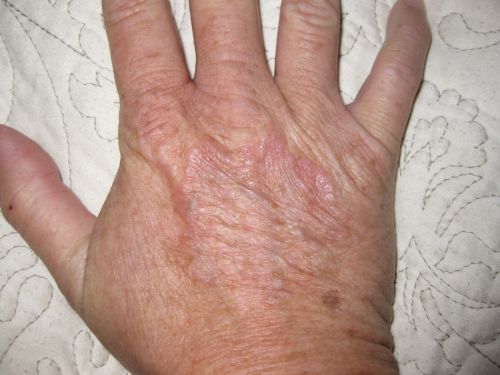What Is Granuloma Annulare?
The largest organ of the body, the skin is susceptible to a number of different conditions and issues. One such condition is granuloma annulare. Similar to eczema, granuloma annulare is characterized by raised, reddish to skin-colored bumps known as lesions. However, granuloma annulare typically appears in a circular or ring pattern found on the hands and feet.
The signs and symptoms of granuloma annulare are actually dependent upon the variety: localized, generalized or subcutaneous. Localized granuloma annulare is the most common form and presents as a circular or semicircular shape or patter, ranging in diameter from miniscule to 2 inches. Generalized granuloma annulare is actually that which is present on a large portion of the body and is commonly found on the trunk, arms and legs. This form is often itchy and occurs most in adults. Subcutaneous granuloma annulare most commonly affects young children and actually presents as a firm lump beneath the skin rather than a rash. The lump is typically less than 1.5 inches in diameter.
The specific cause of granuloma annulare is unknown; however, some possible contributing factors have been identified. Granuloma annulare may be brought on by animal or insect bites, infection, tuberculin skin tests, vaccinations or sun exposure.
Herbal Remedies for Granuloma Annulare
In many cases, granuloma annulare is not itchy or painful, so it does not require treatment. In any case, though, granuloma annulare typically responds well to herbal treatments, much like treatment for eczema. Common treatment options include apple cider vinegar applied topically and taken orally, DMSO, tannic acid, milk of magnesia and lysine. Additionally, vitamin E, tea tree oil, and green tea also aid in treatment and serve as a remedy for granuloma annulare and a treatment for eczema.





